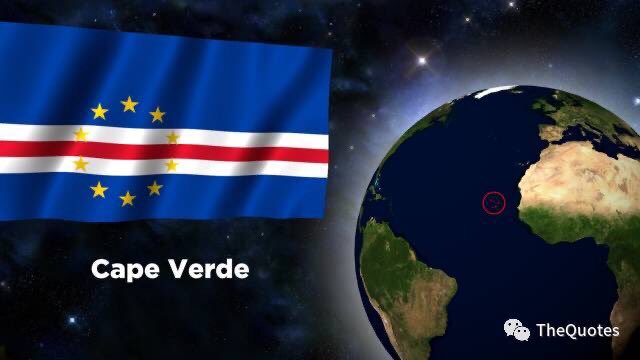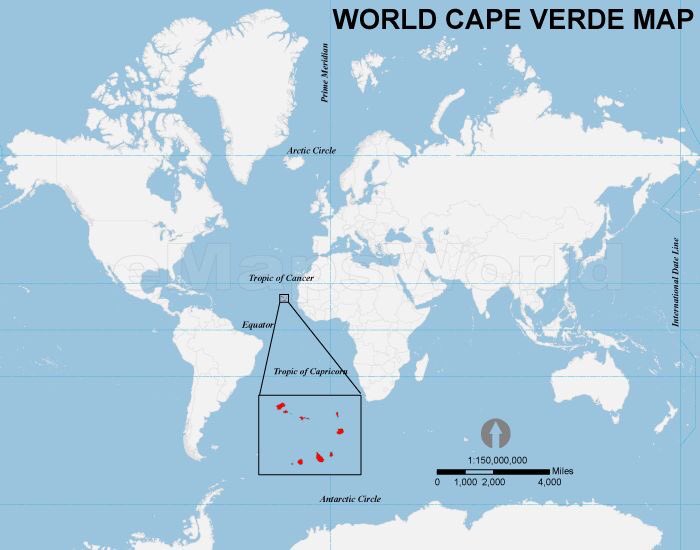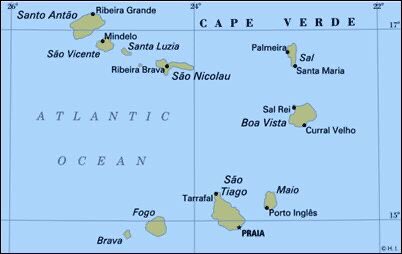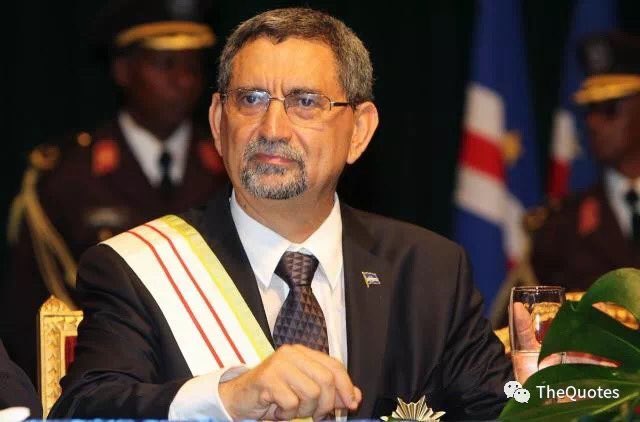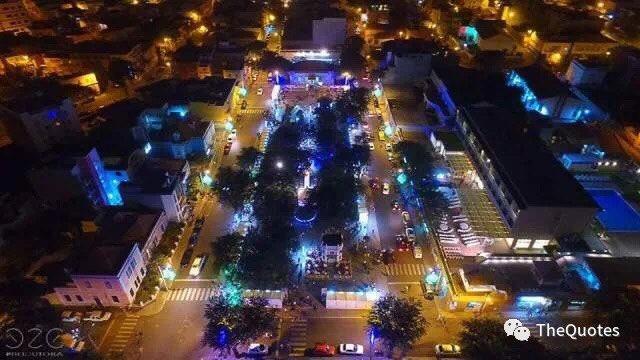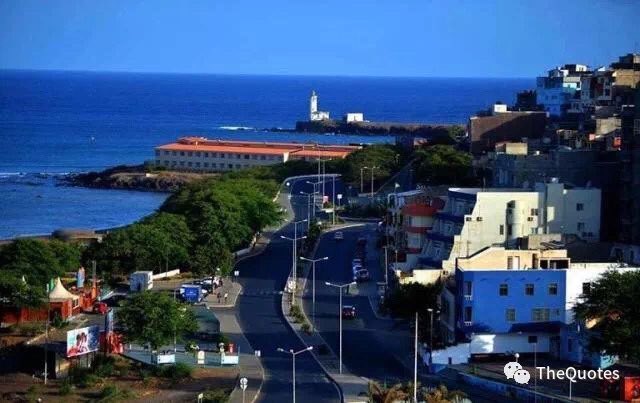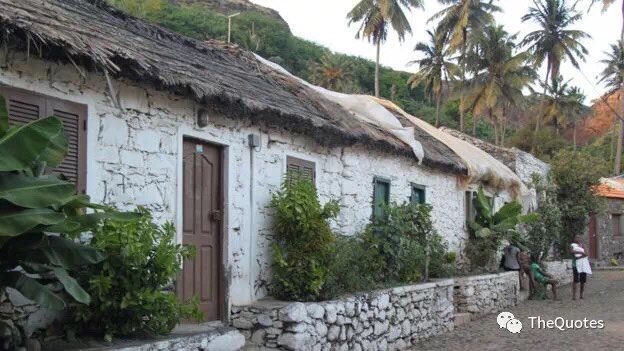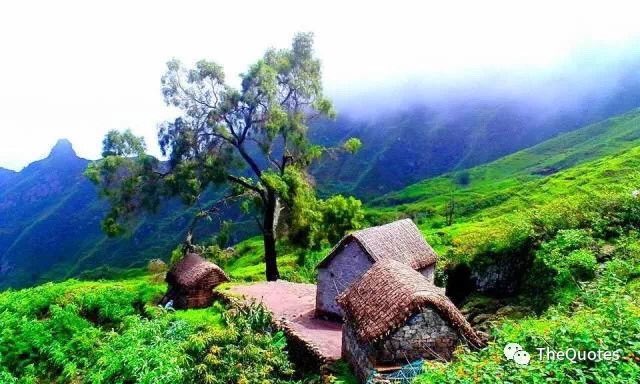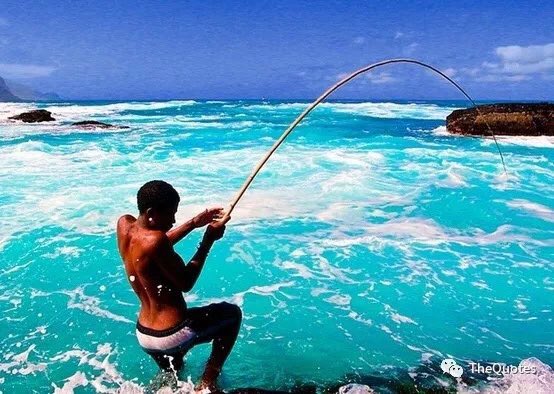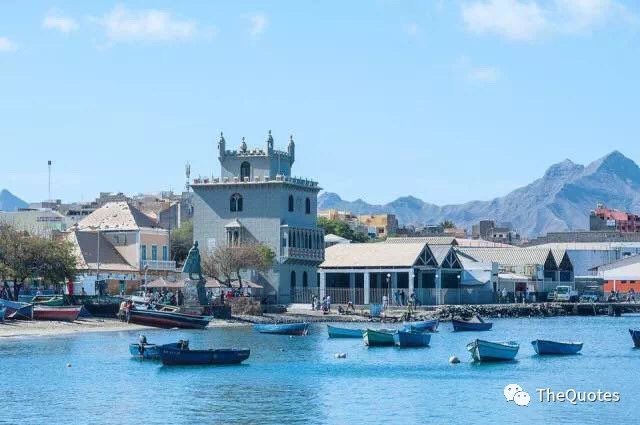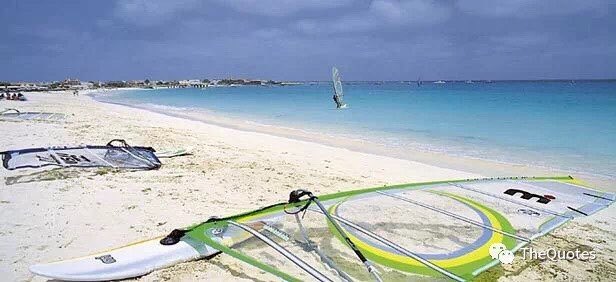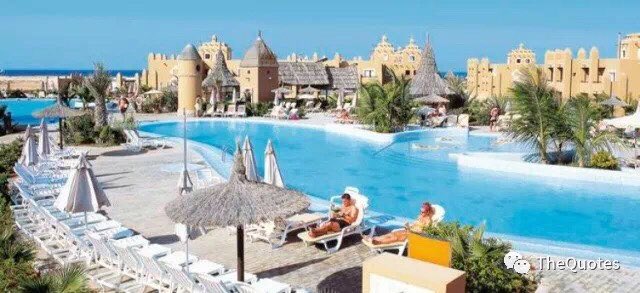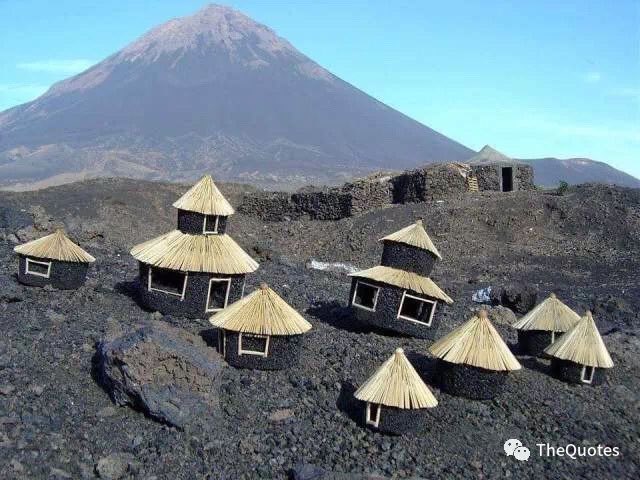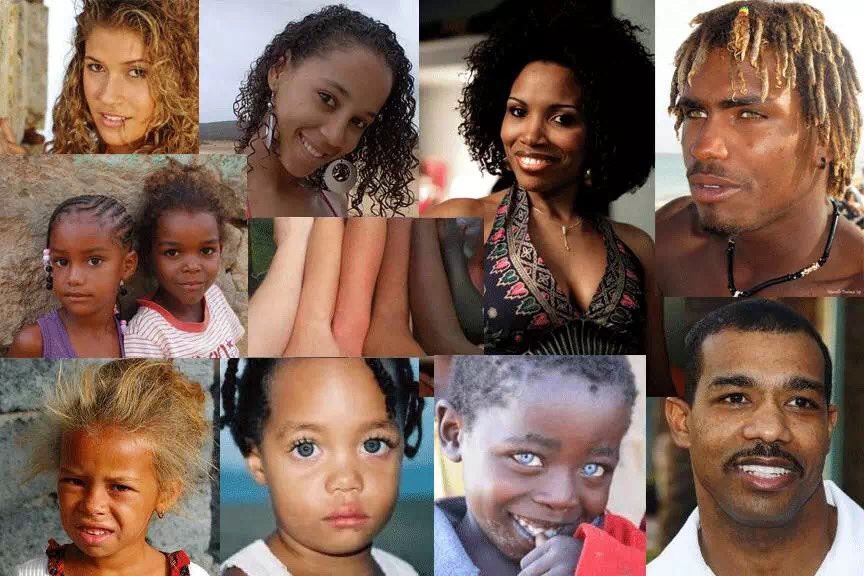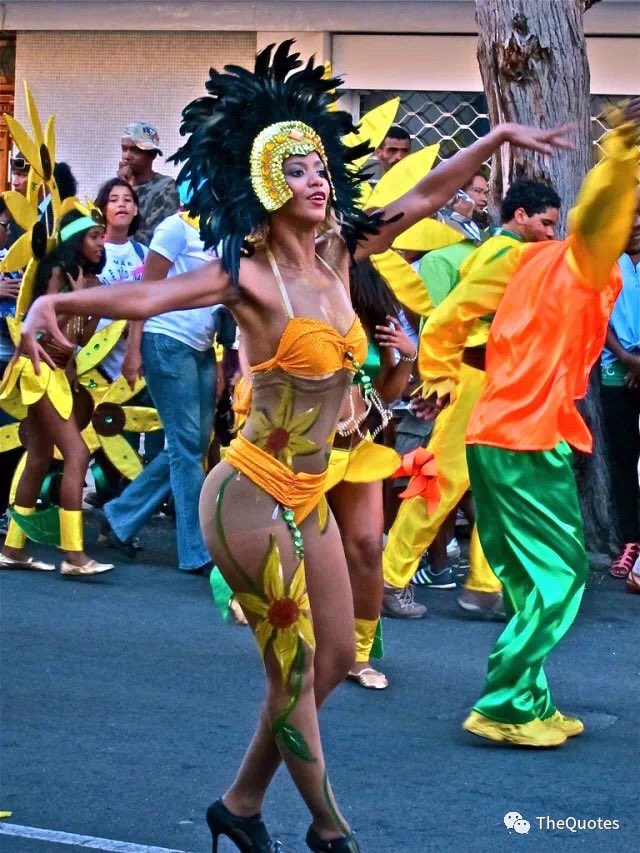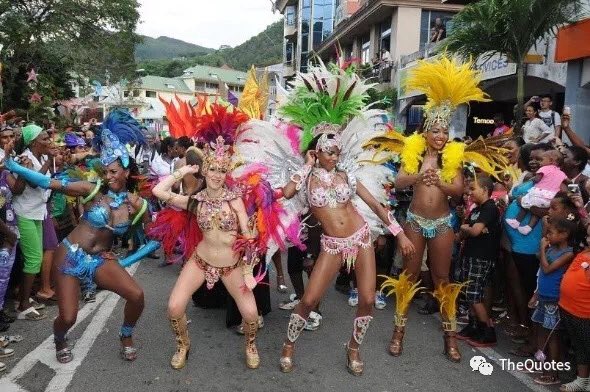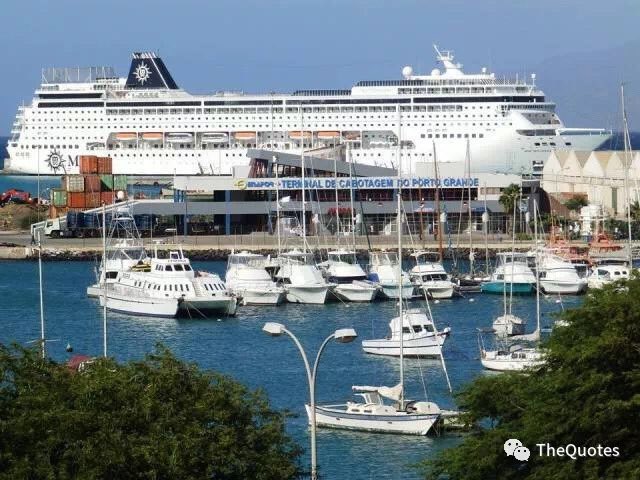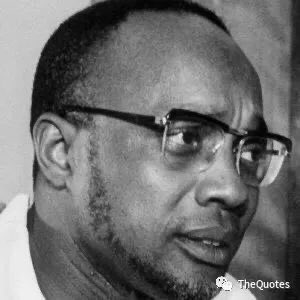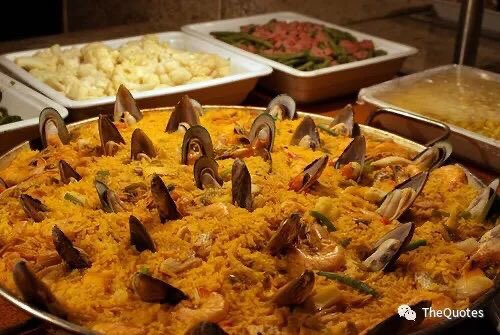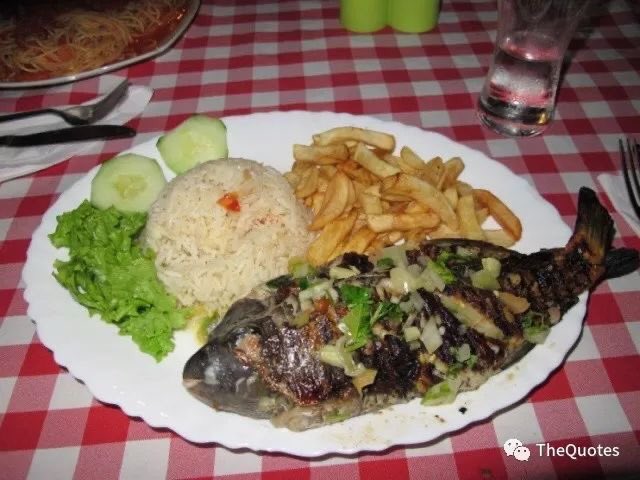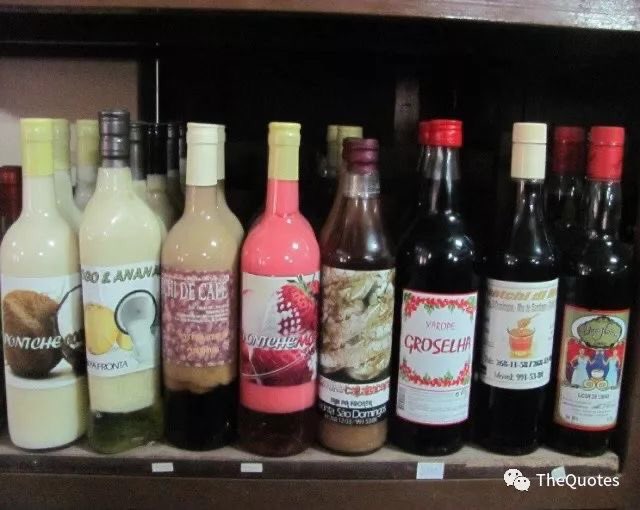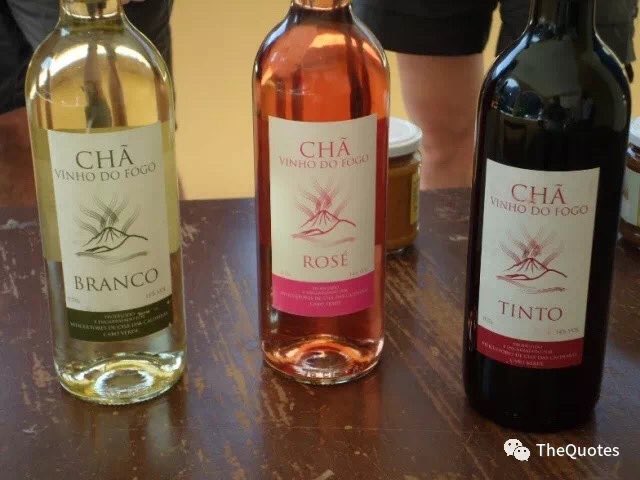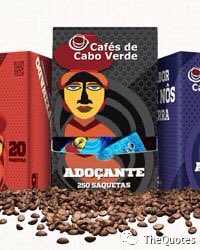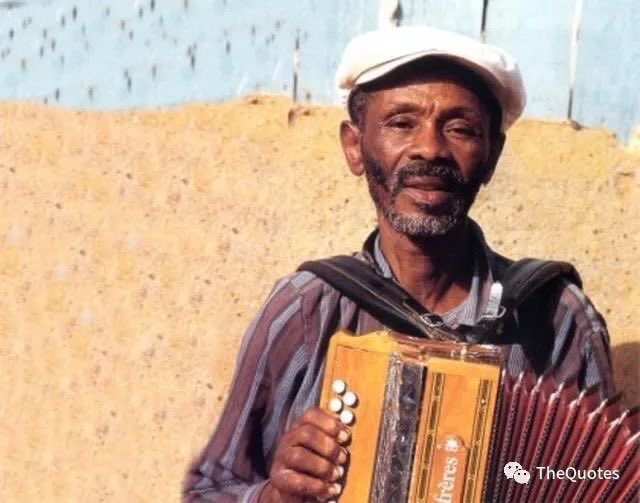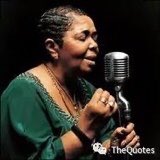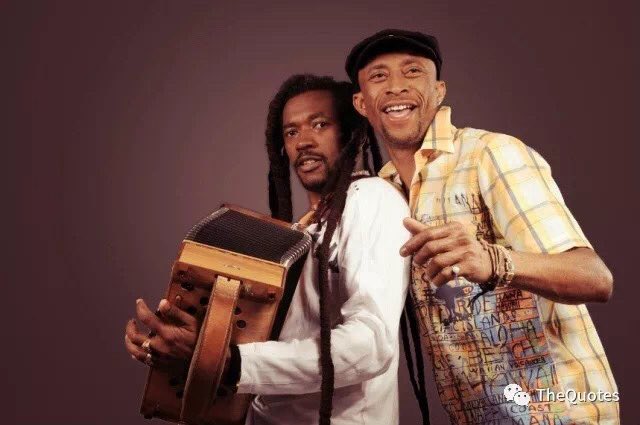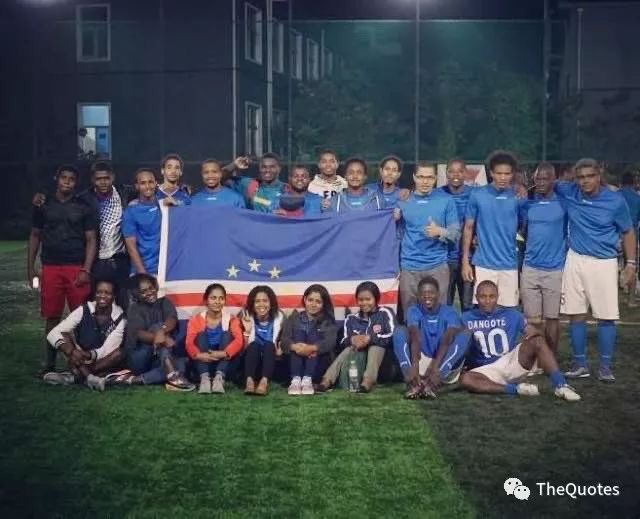 Cape Verde or Cabo Verde
Cape Verde or Cabo Verde 
Capital City: Praia
Official language: Portuguese
Native Language: Cabo-Verdean Creole
On October 25, 2013, this West African island country changed its official English name at the U.N. from "Cape Verde" to "Cabo Verde".
Population: 535,448
Geography:
The former Portuguese colony comprises of 10 islands (Santo Antão, São Vicente, São Nicolau, Santa Luzia, Sal, Boavista, Maio, Santiago, Fogo and Brava ). The archipelago lies in the Atlantic Ocean, at around 500 km off the West Coast of Africa.
Geography:
The former Portuguese colony comprises of 10 islands (Santo Antão, São Vicente, São Nicolau, Santa Luzia, Sal, Boavista, Maio, Santiago, Fogo and Brava ). The archipelago lies in the Atlantic Ocean, at around 500 km off the West Coast of Africa.
Politics and Economy:
Cabo Verde is a stable, multi-party parliamentary democracy. Cabo Verde has relatively high levels of transparency and relatively low levels of corruption. Poor in natural resources, the Cabo Verde islands have won a reputation for achieving political..
Cabo Verde is a stable, multi-party parliamentary democracy. Cabo Verde has relatively high levels of transparency and relatively low levels of corruption. Poor in natural resources, the Cabo Verde islands have won a reputation for achieving political..
and economic stability. Its main source of income comes from tourism, one of the main engines of growth. Also the money from the diaspora brings in the much-needed foreign currency.
People:
The overwhelming majority of the population of Cabo-Verde is of mixed European and African descent and is often referred to as mestizo or Crioulo.
The overwhelming majority of the population of Cabo-Verde is of mixed European and African descent and is often referred to as mestizo or Crioulo.
Transport and Telecommunications:
The majority of roads in Cabo-Verde are paved, and there are no railways. Almost all the inhabited islands have airports. There is international air service to destinations such as Lisbon, Boston,Rome, Paris,Brazil, and points in Western Africa.
The majority of roads in Cabo-Verde are paved, and there are no railways. Almost all the inhabited islands have airports. There is international air service to destinations such as Lisbon, Boston,Rome, Paris,Brazil, and points in Western Africa.
Telephone service in Cabo-Verde is generally good, and cellular telephones use is expanding. Compared with the regional average, the proportion of available personal computers relative to the population is quite high, and cybercafés can be found in larger towns and cities.
Brief History:
1960 - PAIGC-led liberation war begins against Portuguese rule in Guinea-Bissau, with many Cape Verdeans joining in.
5 July 1975 – Cabo-Verde becomes independent
1960 - PAIGC-led liberation war begins against Portuguese rule in Guinea-Bissau, with many Cape Verdeans joining in.
5 July 1975 – Cabo-Verde becomes independent
Amílcar Lopes da Costa Cabral (12 September 1924 - 20 January 1973) was a Guinea-Bissauan and Cape Verdean agricultural engineer, intellectual, poet, theoretician, revolutionary,political organizer, nationalist and diplomat.He was one of Africa's foremost anti-colonial leaders.)
Cabo Verdean Cuisine
Cape Verdean food is based on seafood, maize and some beans and meat. Here are some examples:
Cape Verdean food is based on seafood, maize and some beans and meat. Here are some examples:
Traditional Drinks
Grogue, also known as grogu or grogo, is a Cape Verdean alcoholic beverage, an aguardente made from sugarcane. Its production is fundamentally artisanal, and nearly all the sugarcane is used in the production of grogue.
Grogue, also known as grogu or grogo, is a Cape Verdean alcoholic beverage, an aguardente made from sugarcane. Its production is fundamentally artisanal, and nearly all the sugarcane is used in the production of grogue.
The cane is processed in a press known as a trapiche.
Grogue is the basis for a Cape Verdean cocktail known as ponche, which also includes lime and molasses, comparable to the ponche of the island of Madeira.
Grogue is the basis for a Cape Verdean cocktail known as ponche, which also includes lime and molasses, comparable to the ponche of the island of Madeira.
Grogue and sugarcane production are primarily found in Santo Antão Island (notably Ribeira do Paul and Ribeira da Cruz).
You also have Pontche and The famous coffee from Fogo Island:
You also have Pontche and The famous coffee from Fogo Island:
Music
Briefly, it can be said that the music of Cape Verde results from European musical elements to which African musical elements overlap.Its smallness does not interfere in anything in its cultural greatness, the music, one of the strongest points that the world already knew.
Briefly, it can be said that the music of Cape Verde results from European musical elements to which African musical elements overlap.Its smallness does not interfere in anything in its cultural greatness, the music, one of the strongest points that the world already knew.
MORABEZA
Morabeza is a word that characterizes being caboverdean, namely open spirit, welcoming, hospitable, relaxed, islander.
OBRIGADO & HAPPY INDEPENDENCE DAY Brothers & Sisters






#independenceday2020 #CaboVerde






Morabeza is a word that characterizes being caboverdean, namely open spirit, welcoming, hospitable, relaxed, islander.
OBRIGADO & HAPPY INDEPENDENCE DAY Brothers & Sisters






#independenceday2020 #CaboVerde







 Read on Twitter
Read on Twitter
